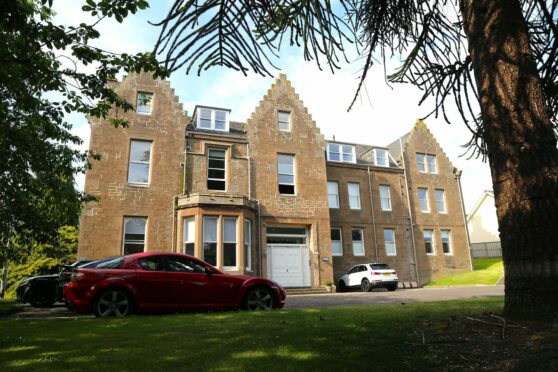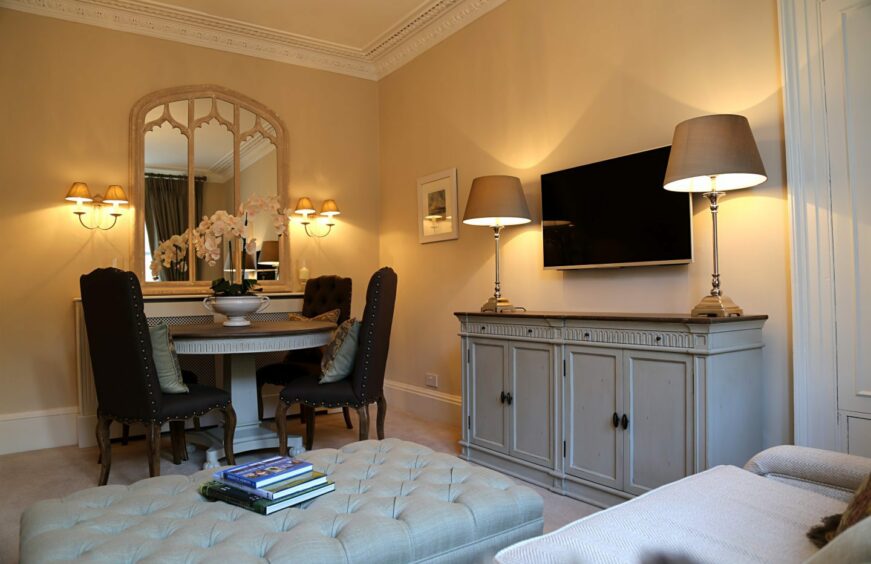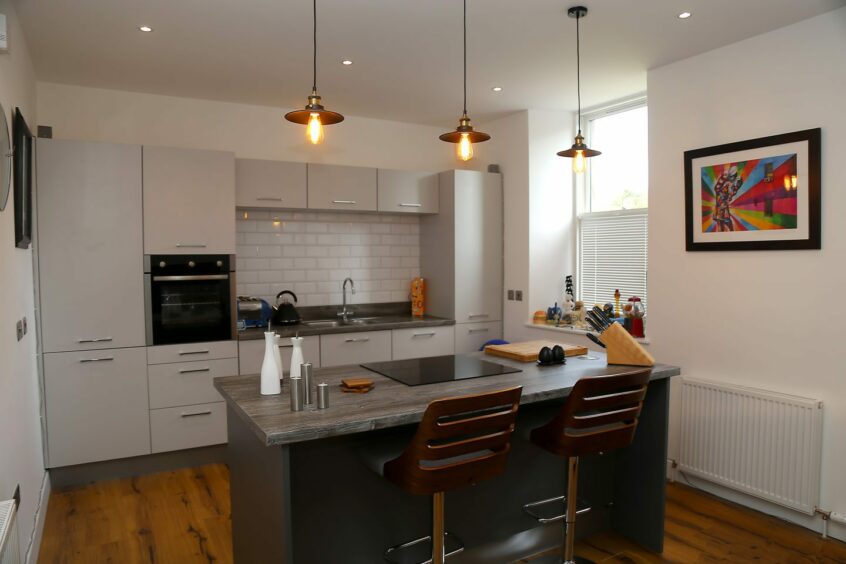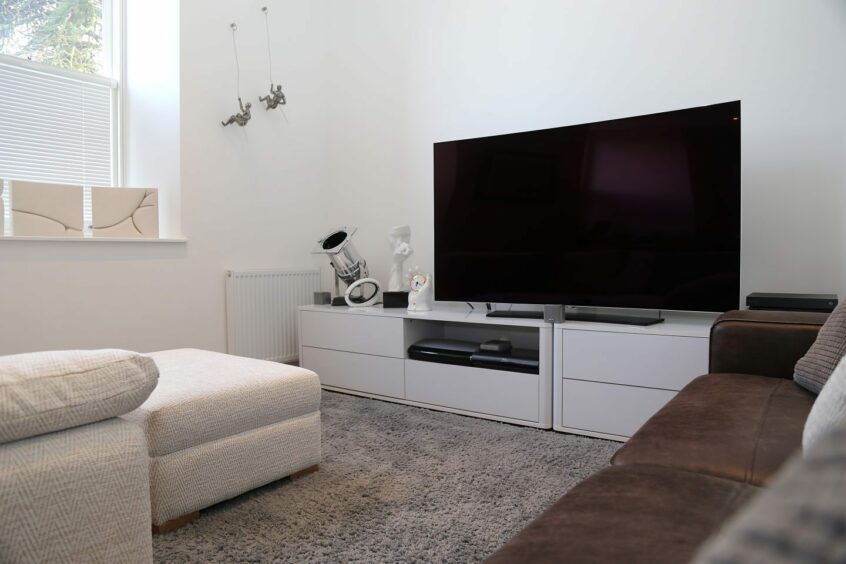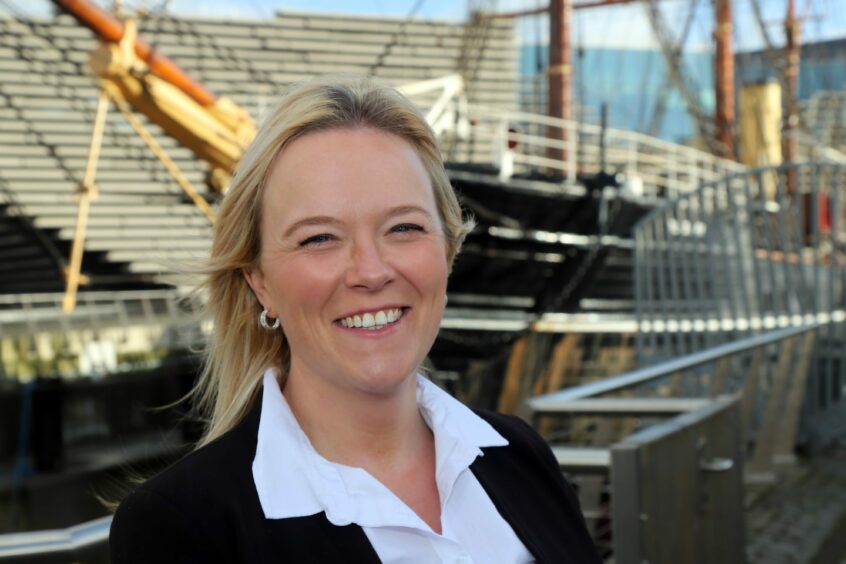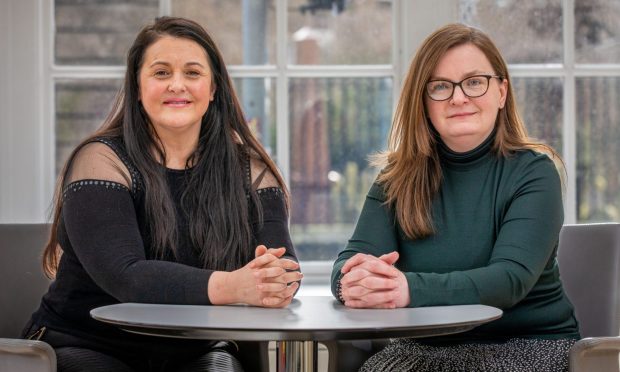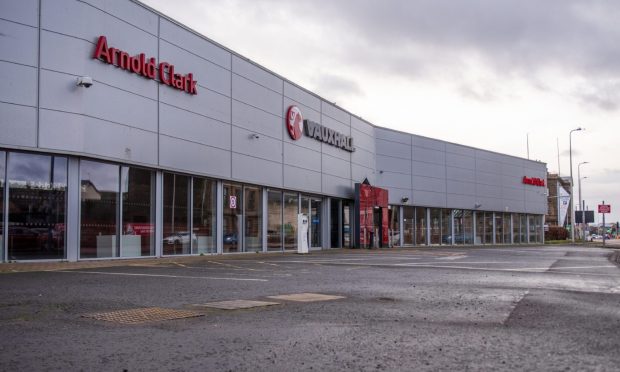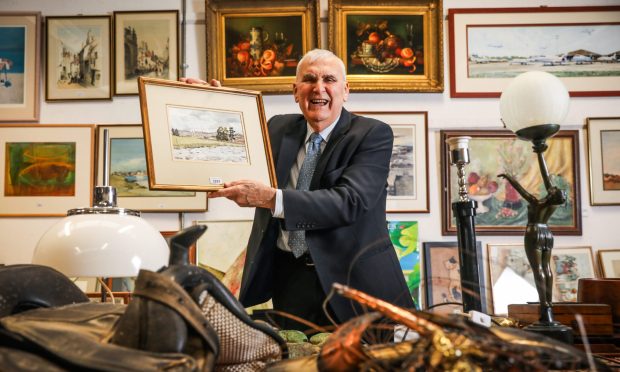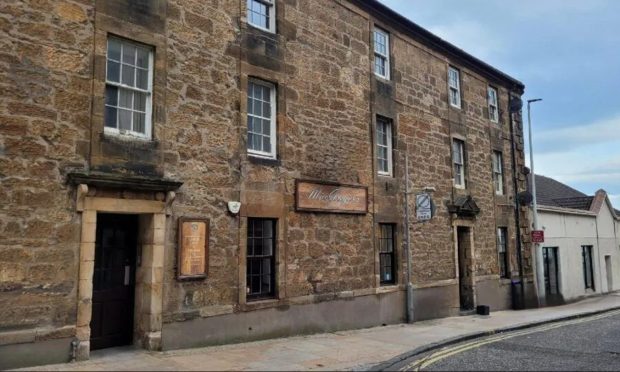Investing in buy to let is a major decision and serious commitment. Here’s what you need to know before diving in.
-
Some Courier online content is funded by outside parties. The revenue from this helps to sustain our independent news gathering. You will always know if you are reading paid-for material as it will be clearly labelled as “Partnership” on the site and on social media channels,
This can take two different forms.
“Presented by”
This means the content has been paid for and produced by the named advertiser.
“In partnership with”
This means the content has been paid for and approved by the named advertiser but written and edited by our own commercial content team.
Investing in property remains popular in the UK despite rising mortgage rates and higher taxes. That’s because many investors have more faith in bricks and mortar rather than in the stock market, especially with the significant house price gains seen over the past 25 years.
But the reality is, being a landlord can be both expensive and time-consuming.
Louise Todd, director of her own property management company, shares her expert tips one what you need to know before making that big investment.
5 things you need to know before buying property to let:
1. Do your research
If you’re new to the market, find out the risks aside from the benefits. Louise says: “You need to fully understand the ins and outs of letting a property. Being a landlord means you have certain legal obligations, especially when it comes to gas safety checks, electrical checks and service charges. So make sure you know what you’re signing up for.”
2. Check your finances
Investing in buy-to-let is ideal for people who have a financial cushion to soak up costs, including those that are unforeseen. For example, you can pay as little as 5% of the property price to secure a standard mortgage. But usually, you would need 25% minimum deposit for a buy-to-let mortgage. Typically, you also need an annual income of at least £25,000.
Louise adds: “It’s a good idea to get financial advice to go through the legal costs involved in purchasing a buy-to-let property. You’ll need to make sure you can cover the costs for any solicitors fees, survey fees and property valuations, on top of maintaining the property so it’s safe for tenants to live in.”
3. Know the area and your tenant
The number one rule in real estate they say is location, location, location. Choosing the right one can make a big difference in your returns. “Towns and cities with good transport links are often extremely desirable, as well as areas with hospitals, good schools, and universities,” according to Louise.
But she also points out: “The type of tenant you want to attract is equally as important as the location of your property. Do you want students renting your house? Or young professionals? Whatever type of tenant you’re looking for, be sure to provide the type of fixtures and furnishings they will expect, especially as a group of students will have different wants and needs from a property compared to a professional couple.”
4. Spend money to make money
It’s easy to provide basic fittings and furnishings when you let your property. That means you get to save some money. Think again.
Here’s Louise’s sound advice: “Poor quality renovations to your buy-to-let could cost you more money in the long run. Covering up problems with cheap repairs can often mean you’re spending more money on fixes that won’t last. It’s a good idea to nip problems in the bud and rectify issues when they arise – that way your tenants will see that you’re proactive in helping them with solutions that will keep both your property and your tenants happy.”
5. Do you want to be a hands-on landlord?
Buying property is merely the first step. Will you manage it yourself or are you going to employ a letting agency? Of course, you can make more money by going it alone but be prepared to set aside time and effort to advertise, organise viewings and take care of repairs.
Agents will charge a management fee but will be ready and well-equipped to deal with problems.
Louise Todd Property Management is offering only 10% commission fee to all new landlords until 31st March 2023 with free rental appraisal. With over 10 years’ experience, it can provide full property management or a bespoke package to meet your needs.
